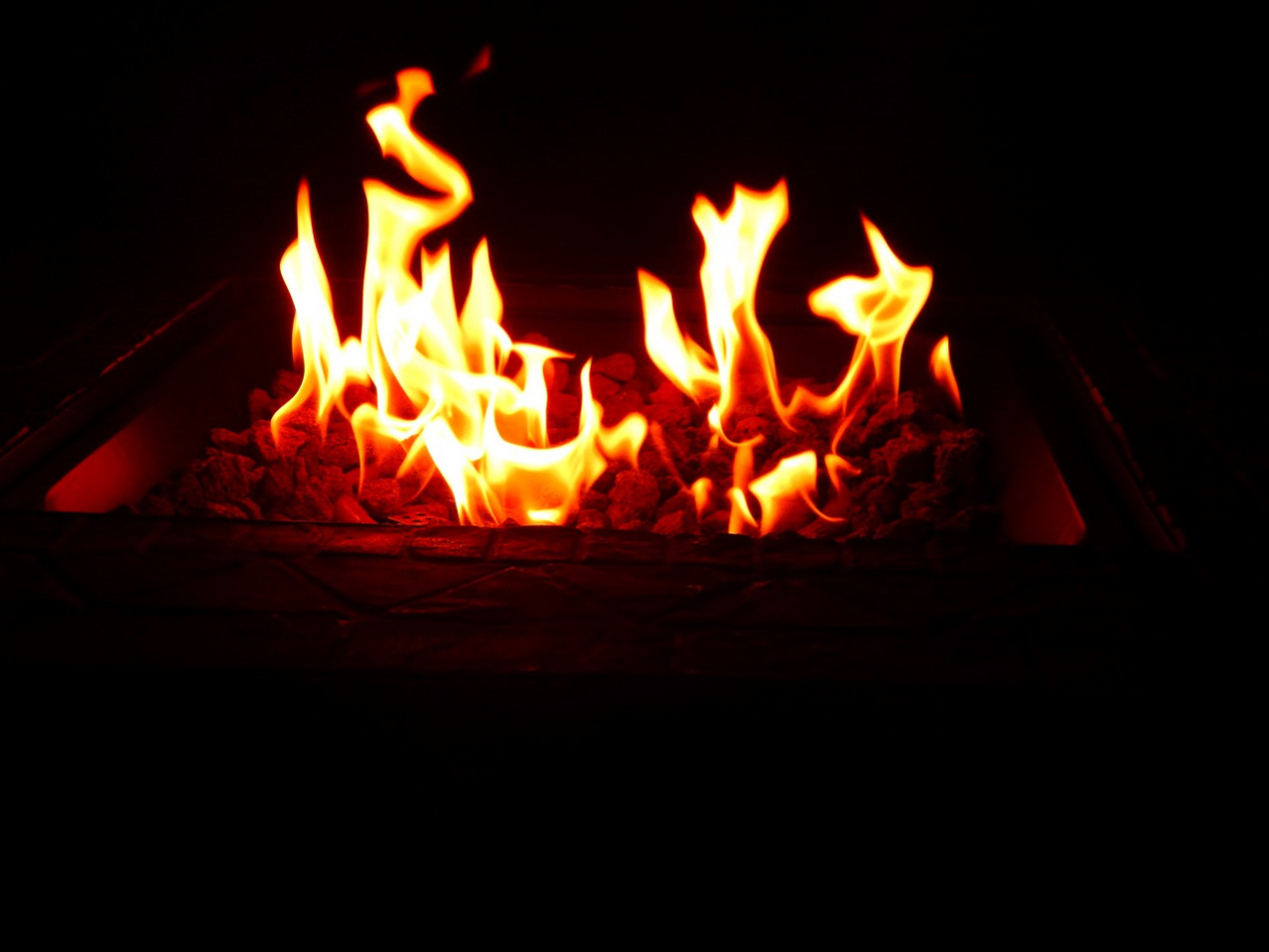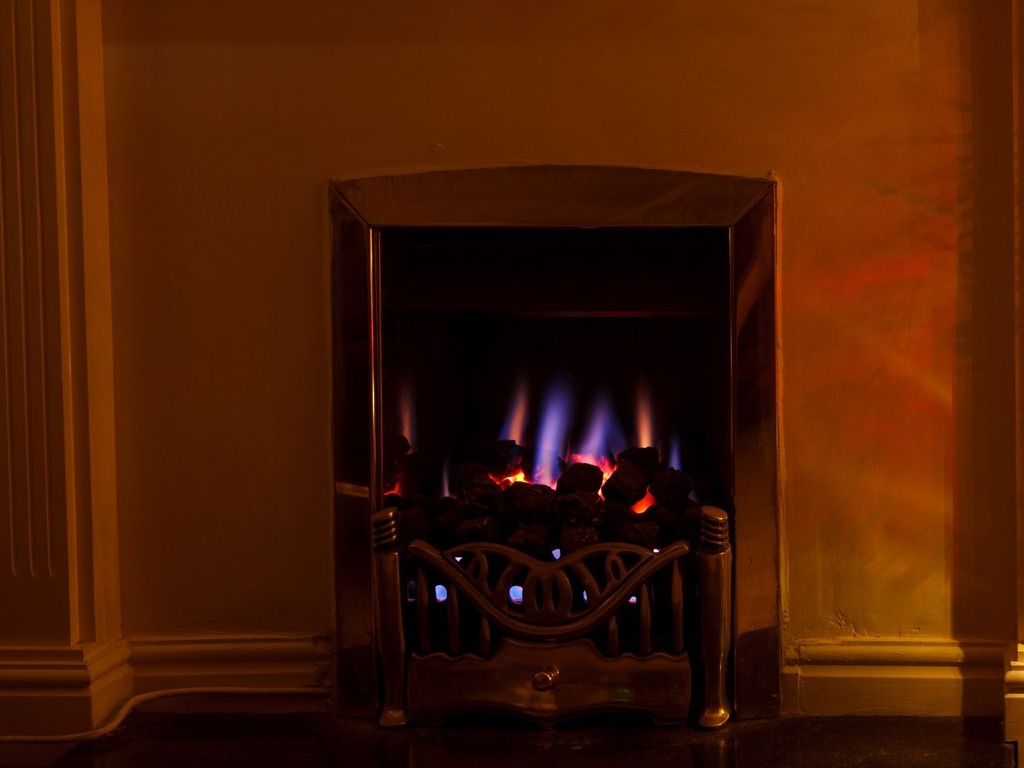
Carbon monoxide poisoning in cats
Carbon monoxide is a colourless, odourless, tasteless and highly poisonous gas. It is produced when natural gas or LPG burns and unventilated kerosene or propane heaters, car engines and exhausts, and carbon-based fuel heating systems are all potential sources. Just like humans, cats don’t recognise when carbon monoxide is present, which means it can kill. It’s often called ‘the silent killer’ for this reason.
It’s particularly dangerous for cats because, as all owners know, there is nothing more a cat likes on a cold day than to happily curl up against a fire or heater. Human error (not ventilating a room properly or installing faulty equipment) is almost always to blame for cases of carbon monoxide poisoning in cats.
Why is carbon monoxide poisonous to cats?
We rely on the red blood cells within our blood vessels to carry oxygen around our bodies and deliver it to the areas that need it. When we breathe in carbon monoxide this binds to the red blood cells effectively stopping it carrying the life-giving oxygen we need.
As a result, the main signs of carbon monoxide poisoning in cats is likely to be sleepiness and drowsiness. They may also be wobbly or dizzy when walking. More severe signs include convulsions.
Diagnosis and treatment
Your vet will ask you about your cat’s health, the onset of signs, and possible incidents that might have led to them being ill. During the examination, your vet will observe how your cat breathes and listen to their chest for evidence of a heart murmur or fluid in the lungs.
Your cat’s gum colour will also be evaluated, as this can indicate whether oxygen is being delivered to the organs effectively, or if it there is a low red blood cell count (anaemia). If your cat is having extreme difficulty breathing, the vet or nurse may give your cat oxygen to help him settle before doing any more examinations or tests.
Most cases will require blood tests to check for underlying disease conditions and X-rays or ultrasound to examine the lungs and heart.
Treatment will depend on the diagnosis your vet makes for your cat’s breathing problems. Most breathing problems require admittance into the hospital until your cat’s breathing has significantly improved.

Other reasons your cat may be struggling to breathe?
There are many different reasons your cat may be struggling to breathe and these include:
- infection (bacterial, viral, parasitic)
- trauma
- bleeding
- foreign objects
- heart failure
- asthma
- anaemia
- allergies
- pain
- fever
- diseases that make the belly enlarged or bloated
- medications
- tumours

